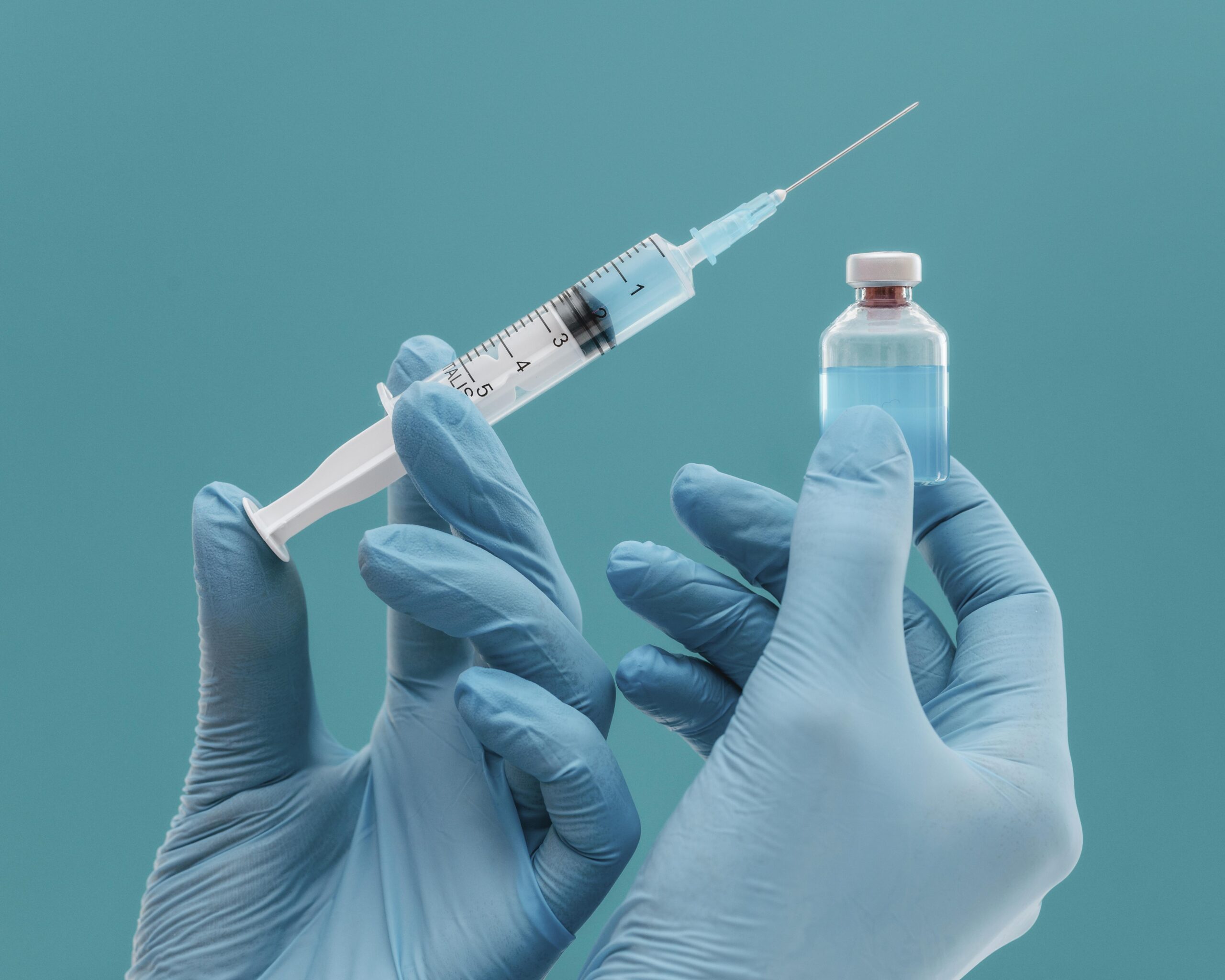Introduction
With allergic disorders steadily on the rise, the demand for effective antihistamine treatments has become more urgent than ever. A recent omnichannel marketing campaign, executed via a prominent medical learning platform, successfully positioned a combination therapy (comprising an H1 receptor antagonist and a leukotriene receptor blocker) as a leading choice among healthcare professionals (HCPs).
This article explores the campaign’s strategic framework, HCP engagement, and measurable outcomes using a data-driven approach.
Campaign Overview
| Objective | Description |
|---|---|
| Primary Goal | Establish the combination therapy as a preferred antihistamine + leukotriene receptor antagonist |
| Target Specialties | General Physicians, Consulting Physicians, Pulmonologists, ENT Specialists |
| Core Channels | Mobile App, Website, Emails, SMS, Tele-calling, Scrollers, Stories, Microsites |
| Key KPIs | Engagement (clicks, impressions, CTR), Pre/Post Surveys, Brand Preference Shift |
Methodology & Approach
- Duration: FY2021–FY2024, with focused activation in Feb–Mar FY2023
- Engagement Tools: Microsites, static banners, stories, interactive surveys
- Key Performance Metrics: Impressions, Clicks, CTR, HCP behavioral shift (usage & preference)
Results & Analytics
Overall Campaign Performance (FY21–FY24)
| Metric | Value |
|---|---|
| Reach | 1,66,606 HCPs |
| Impressions | 28,84,308 |
| Clicks | 4,62,546 |
| Click-Through Rate (CTR) | 16% |
The campaign demonstrated impressive visibility and interaction, with a CTR far exceeding typical benchmarks in healthcare marketing.
Lead Quality & Engagement
A total of 105 high-quality leads were generated, comprising HCPs who not only engaged but showed sustained interest in the therapy’s clinical utility. Interaction frequency averaged 1–2 times per month.
Behavioral Impact Insights
| Indicator | Result |
|---|---|
| Therapy Usage (Matched Specialties) | ↑ 3.8% |
| Therapy Usage (Unmatched Specialties) | ↑ 1.7% |
| Combined Therapy Preference (Matched) | ↑ 17.6% |
| Combined Therapy Preference (Unmatched) | ↑ 1.4% |
These data points underscore a measurable behavioral shift in both familiarity and prescription intent.
Strategic Takeaways
- Effective Omnichannel Presence: Leveraging multiple digital touchpoints significantly enhanced brand recall and clinical consideration.
- Strong Message-Channel Fit: The 16% CTR is a clear indicator of high message relevance and resonance among the HCP audience.
- Survey Insights Validated Strategy: Pre- and post-survey results confirmed not just awareness lift, but actionable preference changes.
Conclusion
This campaign exemplifies the effectiveness of a strategically layered, omnichannel approach in influencing HCP behavior. The convergence of relevant messaging, targeted delivery, and real-time data analysis led to elevated engagement and improved therapeutic positioning. As digital healthcare ecosystems evolve, such models offer a replicable blueprint for future campaigns aiming to inform, engage, and transform clinical decision-making.





